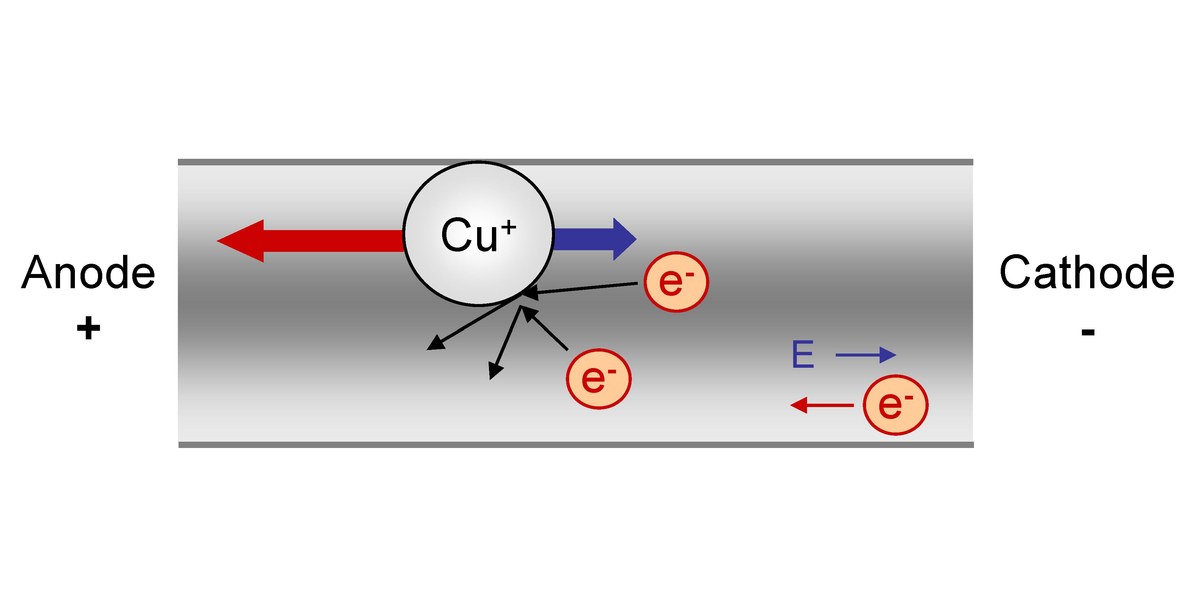Artist27
Newbie
How will you calculate width and length of a metal wire if a certain current rating or requirement is given to you?
I know that we can calculate metal width but I am not sure how the metal length comes into play.
I know that we can calculate metal width but I am not sure how the metal length comes into play.
